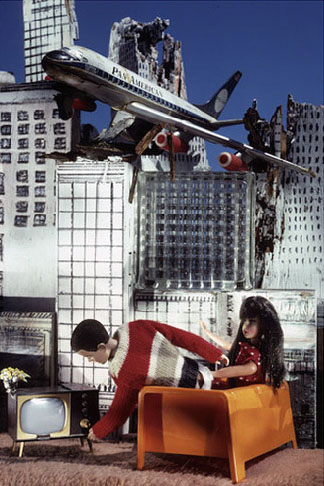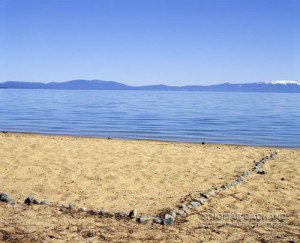The recent testimony by Lamar McKay, Chairman and President of BP America, brought to mind Ken Botto.
In his testimony, Mr. McKay says, “Tragic and unforeseen as this accident was, we must not lose sight of why BP and other energy companies are operating in the offshore, including the Gulf of Mexico.” We all benefit from motorized transportation, so we know why he’s there. But “unforeseen”? Of course not. BP made an economic calculations not to cover the eventuality that is turning out to be the worst oil spill in history. Dr. Joseph Romm writes about it on Climate Progress.
This brought to mind the line coming out of the Bush Administration after 9/11 that no one could have foreseen airplanes being flown into buildings. Of course, US intelligence had been grappling with the prospect of terrorists and airplanes for at least five years. Here’s just one example. The CIA has entertained the idea since the 1970’s.
Oh, and then there was Ken Botto, a photographer in Bolinas who came up with the idea in 1984 as part of his series on Barbie and Robots. The picture is aptly titled “Quick Change the Channel.”



